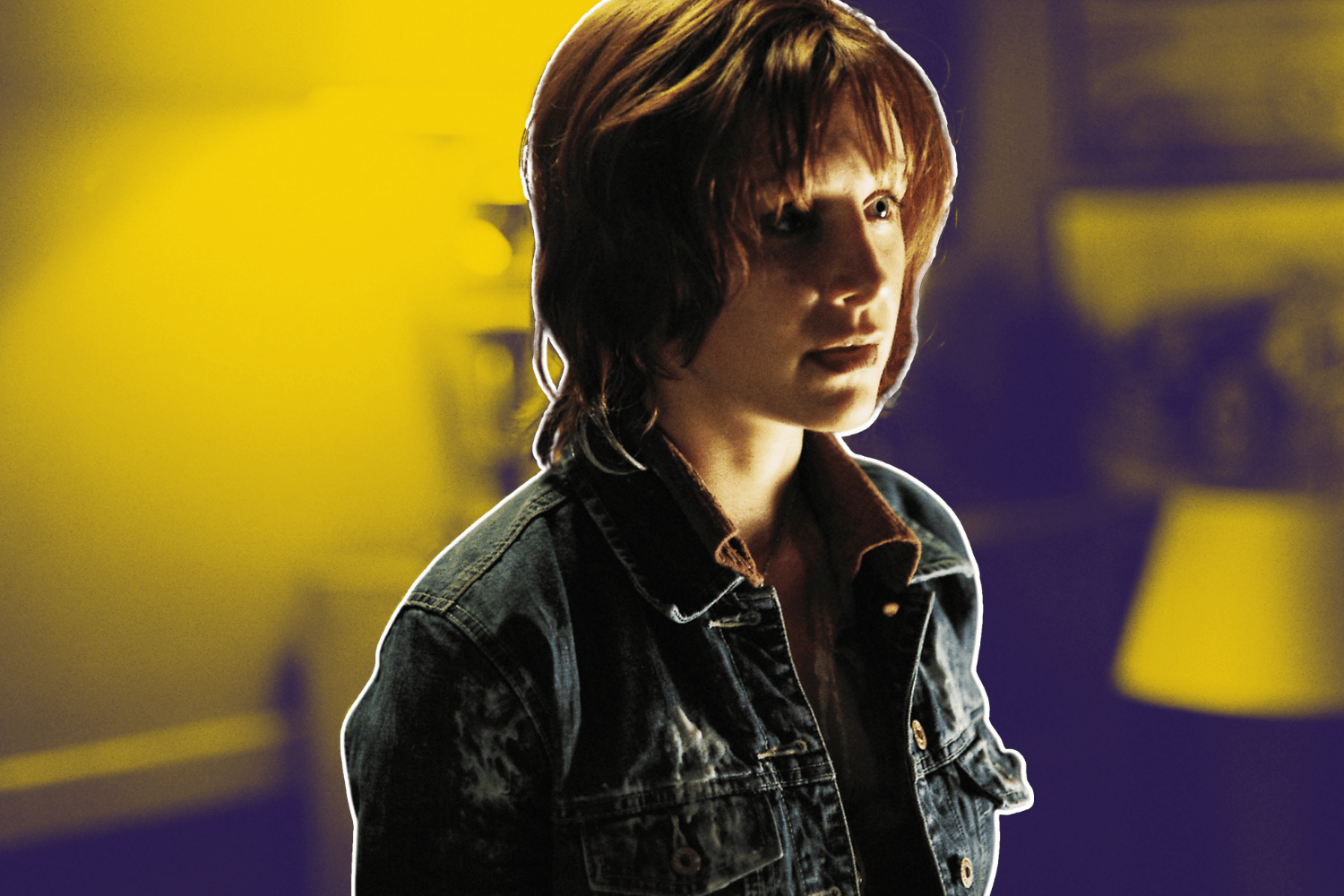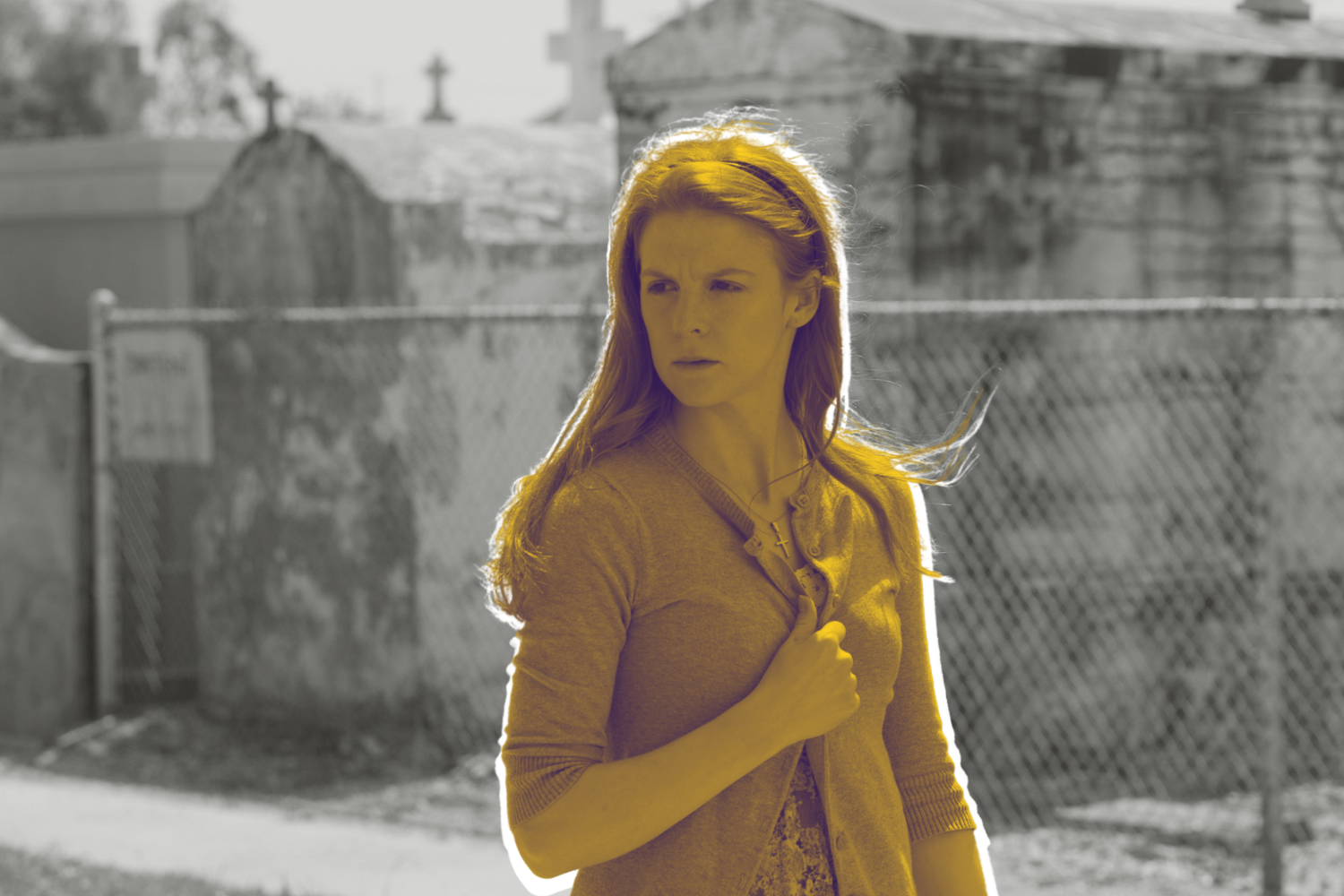Editorials
Telling and Retelling in ‘The Third Saturday in October’ Duology
October 17th, 2023 | By Eric Langberg

I am not sure when it started, but I’ve always loved a series. Maybe it was the thrill of walking into the bookstore as a kid and seeing those brightly-colored Goosebumps spines lined up in a row. Maybe it was the boxed set of the Chronicles of Narnia books I borrowed from my grandfather. Maybe it was coming of age during the heyday of the Star Wars prequels, the Lord of the Rings movies, and the Harry Potter books. Maybe it was all of the above.
These days, I love a horror franchise. I watch Talk to Me and wonder what a Talk to Me Part VI would look like more than a Talk 2 Me. I want to see Freddy torment Hollywood, and I want to see the children of the corn move to the big city and do whatever an “urban harvest” is. I want to see Michael Myers lurking in a sewer while some guy named Corey does the killing for him. We’ve all seen the originals. They still exist. What more do you have for me?
In other words, I don’t get mad about horror remakes and endless sequelization because, for me, that’s part of the fun. As Carol Clover notes in Men, Women, and Chain Saws, the power of horror lies not in any individual telling but in the retelling. “There is in some sense no original, no real or right text, but only variants,” she writes. Horror is myth and folklore – how do you make the retelling interesting, even if something else got there first?
Jay Burleson’s The Third Saturday in October duology owes its power to those tellings that came before. Is it indebted to Halloween? Certainly. Does it owe something to The Texas Chain Saw Massacre and all those other slashers that began to cement the form long before it came along? Absolutely. However, the fun of The Third Saturday in October comes from the fact that it’s not even the first film in its own series. That would be The Third Saturday in October Part V, a “sequel” you’re supposed to watch first. The “original” is the sequel; the “sequel” is the original; there are only variants.
The opening text in The Third Saturday in October Part V gets at this history of telling and retelling, alerting viewers that the film they’re about to watch is the sequel to a mostly-forgotten movie that was itself a retelling of something else. “The conception of the project predated FRIDAY THE 13th, but was made as a cheap cash-in following the success of HALLOWEEN in 1978,” the opening reads. This film isn’t trying to hide that it’s a knockoff of a knockoff; that’s the whole point.
In other words, Burleson has (intentionally) confused the telling with the retelling. Our first encounter with this franchise is supposed to be one of the cash grabs, one of the cheap sequels that stretched a concept far past its breaking point. Don’t think Friday the 13th; think Jason Takes Manhattan. The Third Saturday in October Part V plays mostly like a joke, a film full of references and winking nods to things whose origins we have not yet witnessed. Semiotically speaking, we can pick things out as signifiers, but we have no idea what is being signified. The music swells when the killer picks up a pair of garden shears, telling us that we’re witnessing the return of an iconic image we’ve never seen. Elsewhere, a girl pauses to gaze upon a portrait of a cat named Glamourpuss. (The film is stuffed full of cats, in fact.) Why? Who knows!
Then, watching The Third Saturday in October – the sequel that is also the original – everything clicks into place. This is a much more elegant film with a lot more on its mind. Whereas Part V sees a hearse-driving killer in a goofy mask return to the town of Hackleburg to slaughter citizens during a football game, the “original” is about a spree killer who survives the electric chair, slicing and dicing his way across Hackleburg while the parents of his previous victims pursue him ineffectively – also during a football game. It’s got a lovely film grain, unlike Part V’s straight-to-VHS aesthetic, and the score is closer to John Carpenter than the stock-music nothingness of the first one’s music.
What we don’t know in Part V is that “Jack Harding” was originally “Jakkariah.” He’s a Black man in Alabama murdering his way through a racist town, and watching the “original,” one can easily imagine the entire graduate theses that would have been written about the knotty racial politics of this film had it actually been released in 1980. Until the very end, when he picks up (a less-goofy version of) the mask in Part V, Jack Harding goes maskless; the movie makes it clear that some of his victims may fear him simply because of the color of his skin, even before they see he’s carrying a knife. Sure, he’s a force of evil, but there’s just enough happening around the edges here that one could make the case for a reclamation. A Black man who dodges an execution at the hands of the state? These images have a mythic, folkloric resonance, and the thinkpieces write themselves.
It’s interesting, then, that Part V covers him up. It’s perhaps a commentary on how endless sequelization can sometimes flatten a franchise’s original themes, trading the original’s multiple Black characters for only one. Still, her death is considerably less graphic than some of the others, opening the slightest door through which one might begin to argue about this film’s racial politics, too.
Speaking of her death, many slasher fans watch movies for the kills, and the Third Saturday in October duology contains fun commentary on those, too. As was the case with a number of “original” slashers, the kills in The Third Saturday in October feel relatively restrained. A few happen off-camera, and the ones shown contain rather amateur effects. Part V, however, is a gleefully gory, over-the-top bloodfest, delighting in its ability to deliver gross-out shocks with startling gore. There’s a tendency to say that restraint is better, that it’s more artistic to suggest rather than show, but The Third Saturday in October proves that there is space for both horror pleasures.
Horror is in an interesting moment right now, as arthouse “elevated” horror wins just as many fans as any number of requels and remakes. Burleson’s Third Saturday in October experiment proves that the genre is big enough for all of this to coexist, all these tellings and retellings offering new variations on stories that we already know we like. Horror fandom doesn’t have to be an either/or, but can instead be a both/and situation. I like thinking through the conservative sexual politics of the original Friday the 13th, and I like watching Jason punch a guy’s head clean off his body in Jason Takes Manhattan. I like watching Jakkariah Harding slowly skin a woman’s face while the camera circles them as if in a dance, and I like seeing Jack Harding cut off a frat bro’s toes with garden shears. “The meaning of the individual example lies outside itself,” Clover writes, and The Third Saturday in October is the example that proves the rule. Part V isn’t “bad” because the “original” is “good.” Instead, the films are both bad and good because the other exists.
It all depends on what you want out of horror. Personally, I want it all.



